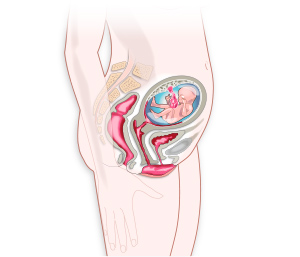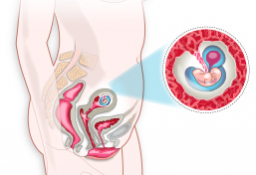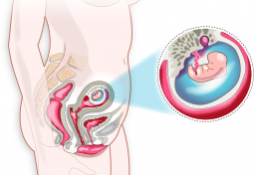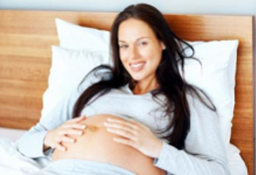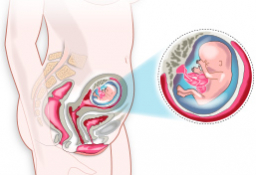Symptoms of the fourth month of pregnancy
A good time to do sport
In the fourth month, the pregnancy is already difficult to conceal and the greatest risk of miscarriage has passed, so it’s time to enjoy the experience.
Changes in the mother
Pregnant women often suffer from oral infections and bleeding gums, called gingivitis, so good oral hygiene is paramount.
Sometimes, pregnant women experience nose bleeding, or epistaxis, nasal obstruction and pregnancy rhinitis.
There are visible changes in the skin because of the increased production of melanin, an increase in the number of moles, and the appearance of a dark line from the pubis to the belly button, called the linea nigra.
Physical changes
- At the end of this month the uterus is still growing and is already below the umbilicus. This causes abdominal pain and compression of the nerves in the legs, often producing night leg cramps, and compression of the bladder, increasing the need to urinate.
- From this month onwards, many mothers-to-be experience the well-known food cravings, and they may experience preferences for odd food combinations.
- Miscarriage possibilities from then on are significantly reduced, the placenta completes its formation and some pregnant women may start feeling foetal movement. It’s the best time to get back to exercise activities, such as walking, swimming and yoga.
- The average weight gain at this stage of pregnancy is 4 to 5 kg.
Psychological changes
- During the second trimester the mother-to-be will feel calmer and more positive.
- The marked emotional instability of the early months due to the hormonal changes, tends to reduce gradually.
- The pregnancy is obvious, and the most critical months are over. The mum-to-be’smain priority becomes her future maternity.
Is eating fish recommended during pregnancy?
Tips and recommendations for your diet during the first stage of your pregnancy
Changes in the baby in the fourth month of pregnancy
- The body starts to become bigger than the head. By the end of this month the foetus is 12.5-14 cm long and weighs about 150 g.
- The lips appear on the foetus' mouth and it is able to yawn and make facial expressions.
- Its skin is covered with a thin layer of hair called lanugo.
- Nails appear on the fingers and toes.
- The foetus is much more active, exercising muscles by moving more frequently, vigorously and with more coordination. It does not stay still for more than 3 or 4 minutes.






